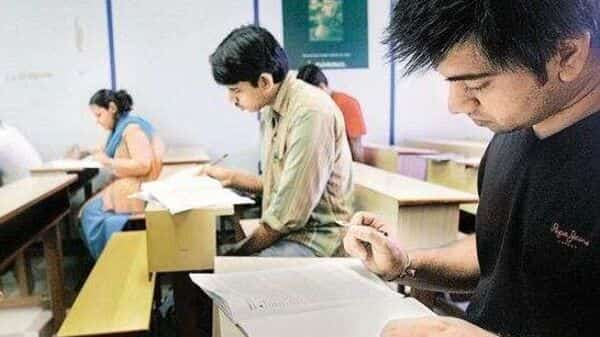[ad_1]
India’s Public Sector Banks (PSBs) education loan disbursal target has witnessed a decline in the current financial year due to a rise in default. According to a report by the Indian Express, the education loan disbursal target for PSBs has been set at about 13.5% lower than the total disbursal by the scheduled banks in the previous financial year.
The current loan disbursal target for FY23 for the 12 state-run banks has been set at ₹20,450. In FY2020-21, the target was ₹23,640, the daily added.
High defaults of about 8% in the education loan portfolio have made PSBs banks cautious and go slow on the sanction of such credit. The move may have ripple effects on private banks which could increase the rate of interest.
Non-performing assets (NPAs) in the education loan category including public sector banks (PSBs) were 7.82% at the end of the June quarter of the current financial year. Outstanding education loans were about ₹80,000 crore at June-end.
A cautious approach is adopted at the end of branches while sanctioning education loans due to high NPAs, a bank official told PTI news agency last month.
Besides, in September this year, the finance ministry called a meeting of PSBs to take stock of the education loan portfolio and cut down on delay. The ministry exhorted banks to spread awareness about the Central Sector Interest Subsidy Scheme among field formations.
In India, around 90% of education loans are disbursed by the PSBs. Private sector banks and regional rural banks (RRBs) accounted for around 7% and 3% of total education loans outstanding, respectively, as of the end-March 2020, as per a PTI news agency report.
Banks have been slow in achieving this target, and till the end of June 2022, public-sector banks were able to disburse 19% of the total target. The record was dismal for smaller-sized loans (up to ₹7.5 lakh loans) since banks were seeing a high number of defaults in that category.
According to Resurgent India managing director, Jyoti Prakash Gadia, fresh job creation has not kept pace with the number of graduates coming out of the colleges, thereby adversely impacting the timely repayment of education loans.
As a result, NPAs have gone up and banks are hesitant to grant fresh education advances, particularly loans up to ₹7.50 lakh which are without any collateral and third-party guarantee, he said.
Most banks offer a scheme for an education loan as per the Indian Banks’ Association (IBA) model education loan scheme to students pursuing higher studies in India and abroad.
As per this model loan scheme, education loans of up to ₹4 lakh do not require any collateral to be provided by the borrower, education loans up to ₹7.5 lakh can be obtained with collateral in the form of a suitable third-party guarantee, while education loans above ₹7.5 lakh require tangible collateral. In all the above cases, co-obligation of parents is necessary.
The second category of education loans are sanctioned to those students who obtain admissions to colleges/universities through management quota, provided they satisfy the minimum marks criteria in the preceding examination.
The third category of education loans includes schemes for needy students for pursuing vocation education courses run by industrial training institutes (ITIs), polytechnics, training partners affiliated to National Skill Development Corporation (NSDC)/sector skill councils, state skill mission/corporation, preferably leading to a certificate/diploma/degree issued by such organisation as per National Skill Qualification Framework (NSQF) and any other institutions recognized by either the central or state education boards or university.
The fourth category of the scheme specifically caters to the requirement of students studying in premier institutions like IITs/IIMs/NITs/IISc or courses abroad, with demand for a higher quantum of the loan amount. All education loans of up to ₹10 lakh (enhanced to ₹20 lakh in September 2020) have been included within the priority sector definition by the Reserve Bank of India.
PSBs are reporting a higher default percentage in the education loans segment. Of the ₹79,900 crore in education loans disbursed, about ₹6,246 crore have turned bad till June 2022, IE wrote.
(With PTI inputs)
Download The Mint News App to get Daily Market Updates & Live Business News.
[ad_2]
Source link

